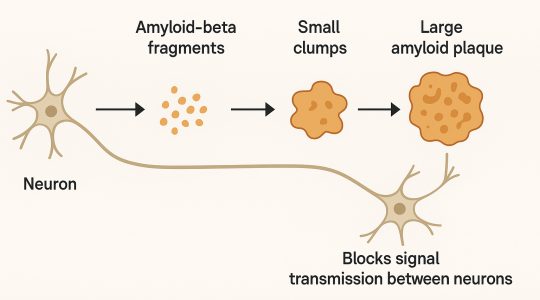There was a study published in the journal Science several years ago about a connection between gum disease and Alzheimer’s disease. I thought it was worth some additional research and commentary on this blog.
The study examines the role of Porphyromonas gingivalis, which is a major agent in chronic periodontitis. P. gingivalis is an anaerobe, meaning that it thrives in the absence of oxygen. When the gums become inflamed because of failure to keep the teeth clean at the gumline, pockets develop in the gums. When they are deep enough, they keep oxygen out, which allows anaerobic bacteria, like P. gingivalis, to thrive. They produce toxins, called gingipains, that contribute to the destruction of the bone and soft tissues supporting the teeth. Although P. gingivalis isn’t the only pathogen involved in periodontitis and there are some cases where it isn’t present, it is present in most cases where it plays a central and critical role.
In the study, both P. gingivalis bacteria and their gingipains toxins were discovered in the brain of Alzheimer’s patients, and it was noted that both play a role in the disruption of brain function. Gingipains, besides helping destroy bone around teeth, were shown to be neurotoxic. The bacteria also produce a peptide that creates plaques in the brain that block nerve transmission.
 In 1906, the German psychiatrist Alois Alzheimer first described the disease that now bears his name. In his autopsy of a patient, he observed “peculiar deposits” in the brain, deposits that we now know as amyloid plaques. These deposits disrupt the transmission of nerve impulses between brain cells.
In 1906, the German psychiatrist Alois Alzheimer first described the disease that now bears his name. In his autopsy of a patient, he observed “peculiar deposits” in the brain, deposits that we now know as amyloid plaques. These deposits disrupt the transmission of nerve impulses between brain cells.
In this study, published in Science, they continued by doing some experiments with mice. They infected the gums of mice with P. gingivalis. This resulted in brain colonization by the bacteria and in the production of Aβ1–42, a peptide that is involved involved in the creation of amyloid plaques.
We need to be careful, when a study shows correlation between two things, about claiming that one of these things is the cause of the other. However, when they were able to produce a brain infection in the mice by introducing a P. gingivalis infection in the gums, that tends to suggest that the gum infection contributes to the development of Alzheimer’s disease. Further study will hopefully clarify this issue. Meanwhile, it looks like it could be even more important than we thought to treat gum disease.
– Dr. Hall
(See Dr. Hall’s answer below.)
We thank our advertisers who help fund this site.
Answer goes here
Do you have a comment or anything else to add? We’d love to hear from you. Enter your comment below. Or click here to ask Dr. Hall a question.
About David A. Hall
Dr. David A. Hall was one of the first 40 accredited cosmetic dentists in the world. He practiced cosmetic dentistry in Iowa, and in 1990 earned his accreditation with the American Academy of Cosmetic Dentistry. He is now president of Infinity Dental Web, a company in Mesa, Arizona that does advanced internet marketing for dentists.

